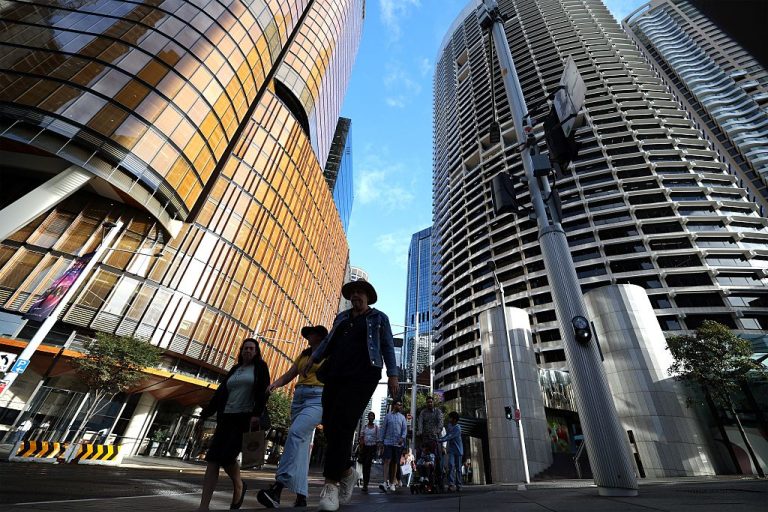Apartment shortages in Sydney, Melbourne to persist

Dwelling appovals ahve fallen to a 15 year low. Picture: NCA Newswire / Gaye Gerard
Apartment construction is set to drop off in the coming years as riskier construction conditions and the soaring cost of delivering projects deters developers, leading to price increases.
The delivery of units and medium-density homes is predicted to be 40 per cent lower than it was in 2010 (when Australia had almost 4 million fewer people) as a result of falling building approvals.
The shortfall is a significant contributor to the prediction of 106,300 dwelling shortages in the number of homes delivered over the five years to 2027, according to the National Housing and Finance Investment Corporation’sState of the Nation’s Housing Report.
It comes as the number of cranes erected along the Australian skyline has peaked, with Rider Levett Bucknall’s first quarter Crane Index showing a slippage in residential construction activity.
Charter Keck Cramer’s director of research and strategy, Richard Temlett, said a shortage in apartments has been visible down the country’s east coast for some time.
“The greenfield market over the last couple of years has done a huge amount of the heavy lifting, particularly in Melbourne and South East Queensland,” Mr Temlett said.
“But people’s living preferences are changing and with the housing affordability issues … townhouses and apartments often are more affordable, both for sale and for rent.”
The pandemic has exacerbated problems. Build costs have skyrocketed due to material supply and trade shortages, which have led to the collapse of several construction and home-building companies, while rising rates have reduced credit access.
Mr Temlett said apartments had a “very important” role to play both for housing diversity, and housing affordability. “A lot of those projects are not usable anymore, and some of them are getting abandoned or deferred, which means that even less supply is going to hit the ground,” he said.
Housing approvals in general are back to the lows of the 2018 global financial crisis, Australian Bureau of Statistics data shows.
The Urban Development Institute of Australia’s national president Max Shifman said planning restrictions on a local level and federal government initiatives have made it harder to get projects across the line.
“The overriding factor has been the lack of approvals because of just how convoluted the planning process has become, virtually universally, across the country,” Mr Shifman said.
“It’s taking longer to get things approved, what is getting approved is less and less viable, we’re still struggling with development being opposed greatly by local areas and existing residents … and what we’re seeing now is the impact of all of that, which is decade-low approval figures in apartments.”
As a result of combined cost and planning issues, many of the projects going ahead are smaller and high-end as it becomes increasingly more difficult for developers and builders to make the financials of cheaper projects stack up.
“It’s really hard to make the numbers on entry level apartments work and so you’ve seen the market shift towards the more premium and the more boutique owner occupier; dare I say, mostly downsizer product,” Mr Shifman said.
“You’re selling to a cohort that has the capacity to buy that sort of housing. It’s not really addressing the entry level anymore, because it really isn’t feasible.”
In the past two years, Melbourne has built more apartments than Sydney, which Mr Temlett labelled a “disaster” due to the Harbour City’s shrinking availability of greenfield housing sites and demand from international migrants.
He said decisions about housing supply made now would have flow-on effects for the next two to four years.
“Government needs to work on basically bringing back local and foreign investors and start mobilising supply,” Mr Temlett said.







